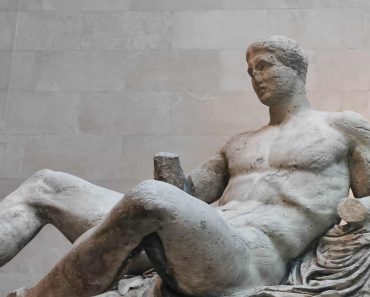In the ancient worlds of Greece and Rome, the birth of twins often sparked fascination, confusion, and concern. Far from being treated as ordinary, twins were seen as mysterious figures — sometimes divine, sometimes dangerous. A new scholarly study by Marisa Squillante of the University of Naples Federico II explores how these societies interpreted twin births through myths, legal systems, and long-held beliefs.
The research, published in the American Journal of Obstetrics & Gynecology MFM, outlines how twinship often unsettled classical understandings of nature, morality, and order. In both myth and law, twins were rarely viewed as simple siblings. Instead, they were linked to themes of betrayal, supernatural involvement, or divine punishment.
Legal authorities in ancient Rome sometimes considered twin births unnatural. Notably, Roman jurist Papinian went as far as to describe them as “monstrous.” Writer Pliny the Elder also suggested that such births could signal divine interference or abnormal circumstances. These views reflect deeper uncertainties about identity, loyalty, and fate in ancient cultures.
Mythology framed twinship as both divine gift and warning
Stories from ancient mythology played a significant role in shaping public perceptions of twins. These tales often portrayed them as characters tied to moral tension and extraordinary events.
In the Roman poet Ovid’s Metamorphoses, a woman named Chione gives birth to twins after encounters with two gods — Apollo and Hermes — on the same night. Her children inherit contrasting qualities from their divine fathers: one becomes a talented artist, the other a cunning thief. The story suggests twin births could arise from questionable circumstances and serve as warnings about infidelity or divine involvement.
Other myths carried similar themes. Romulus and Remus, the legendary twin founders of Rome, were born to a Vestal Virgin and the god Mars. Their story is steeped in conflict, culminating in Romulus killing his brother. This narrative highlights the idea that twinship could result in division, not unity.
In Greek mythology, Hercules and Iphicles also shared a twin bond with different origins — one divine, the other mortal. Their paths in life diverged, underscoring how twins could symbolize imbalance as much as harmony.
The divine twins Apollo and Artemis further illustrate this duality. Apollo, associated with light and music, contrasts with Artemis, who was both a protector and a bringer of vengeance. Though revered, their stories often ended in violence, reinforcing the idea that twin births were not purely joyful events but potential harbingers of turmoil.
Cultural beliefs tied twins to omens and uncertainty
Twin births were not only mythological concerns. Historical records also reflect widespread unease about the phenomenon. Ancient reports about Emperor Commodus mention that his mother dreamed of giving birth to two snakes — one calm and the other aggressive — interpreted as a sign of his troubled future. Such symbols fueled the belief that twins could represent unpredictable or opposing destinies.
Other tales, such as that of the Palici — twins hidden underground to escape divine wrath — blur the line between secrecy and spiritual power. Meanwhile, the myth of Castor and Pollux, where one twin was immortal and the other mortal, told of sacrifice and shared existence. Their alternating life and death cycles symbolized balance, yet also illustrated the cost of duality.
Squillante’s study concludes that ancient Greek and Roman societies never saw twinship as simple biology. Instead, it stood at the center of deeper fears and beliefs about human nature, divine will, and the thin border between chaos and order. Whether viewed as sacred protectors or ominous signs, twins remained figures of awe and uncertainty.



-370x297.jpeg)



